Flowery Panagbenga Festival in Baguio
Posted By philippine evolution staff on February 27, 2012

philippine-evolution.com
PANAGBENGA FESTIVAL
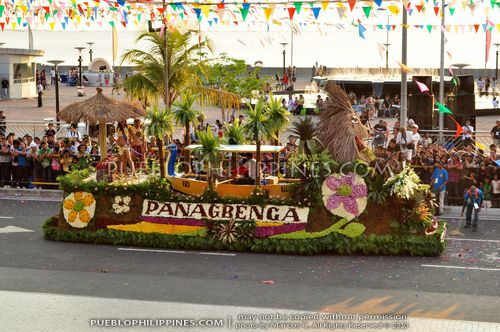 Photo from: pueblophilippines.com
Photo from: pueblophilippines.com
The Panagbenga Festival is held yearly during the month of February. The celebrations are held for over a month and peak periods are the weekends. The Panagbenga Festival showcases the many floral floats and native dances.
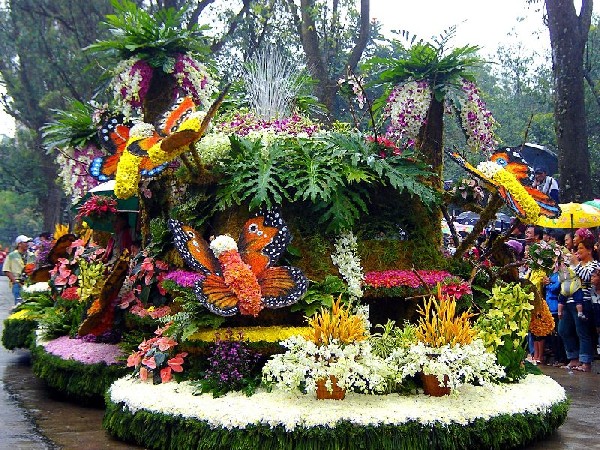 Photo from: littlemisskessa.com
Photo from: littlemisskessa.com
The fragrant smells that could be presently teasing olfactory senses are probably less from the now-dried flowers from Valentine’s Day than air floating all the way from Baguio City. At this time of year, the City of Pines is almost surely in flower fury over Panagbenga festival, the city’s biggest festival.
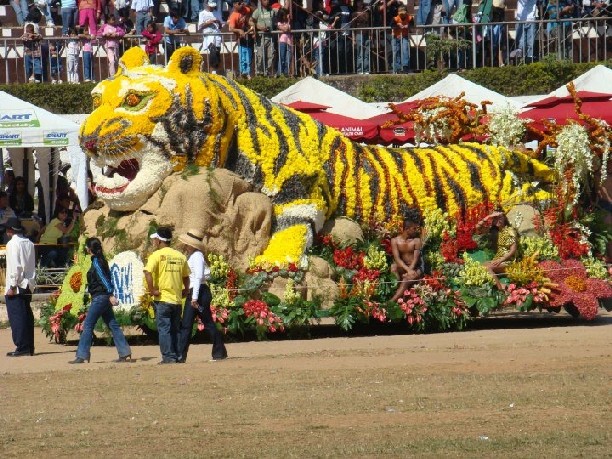 Photo from: theclamorofkalinga.blogspot.com
Photo from: theclamorofkalinga.blogspot.com
Panagbenga is a kankanaey term for “a season of blooming.” It is also known as the Baguio Flower Festival, a homage to the beautiful flowers the city is famous for as well as a celebration of Baguio’s re-establishment. Since February 1995, it has been held to help Baguio forget the 1990 earthquake that distressed much of the city.
 Photo from: pinasretirement.blogspot.com
Photo from: pinasretirement.blogspot.com
Panagbenga festival will have spectators enjoying a multiple floral and float parades over two days. The Baguio Flower Festival Association (BFFA) will have a street dancing parade and band exhibition. The Baguio Flower Festival Foundation (BFFF), meanwhile, will hold a parade. So where should spectators be stationed to not miss any of the float and floral parades? Session Road and Burnham Park.
Photo from: etravelpilipinas.com
A search for the Mr. and Ms. Baguio Flower Festival, FM Panagbenga Pop Fiesta, Skateboard competition and Dolls of Japan exhibit were added to the BFFA calendar. The festival is supported by constituents of La Trinidad, La Union, Pangasinan, Marinduque and Masbate.
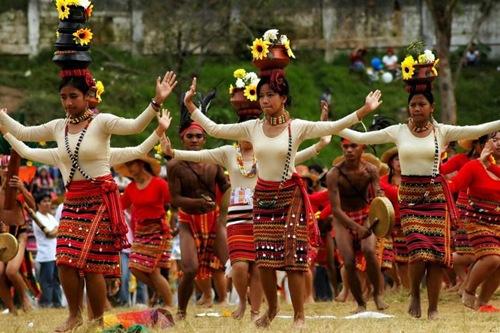 Photo from: quezoncity.olx.com.ph
Photo from: quezoncity.olx.com.ph
Often a Cañao is an undertaken to kick-off & celebrate the occasion. A Cañao is a dance that also is regularly performed at special occasions such as fiestas. In this two-person dance, the men hang blankets usually woven with an indigenous pattern or design-over each shoulder. The woman wraps a single similar blanket around her. The man leads her and dances in a circle with a hop-skip tempo to the beat of sticks and gongs. The dance must continue until the viewers decide to honor the dancers twice with a shout of “Ooo wag, hoy! hoy!” Once this has happened, the dancers can stop. It is an honor to be invited to join the dance, and elders and other respected members of the community are expected to join in at every occasion.
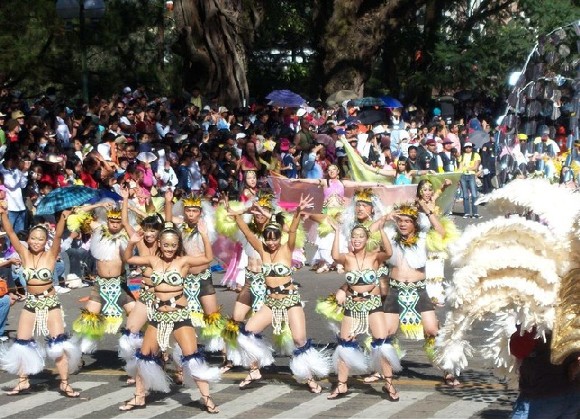 Photo from: members.virtualtourist.com
Photo from: members.virtualtourist.com
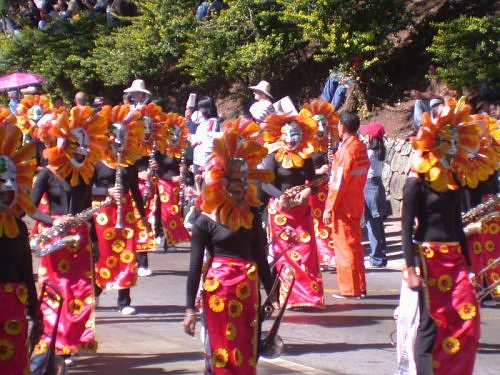 Photo from: walalangpoakongmagawa.blogspot.com
Photo from: walalangpoakongmagawa.blogspot.com
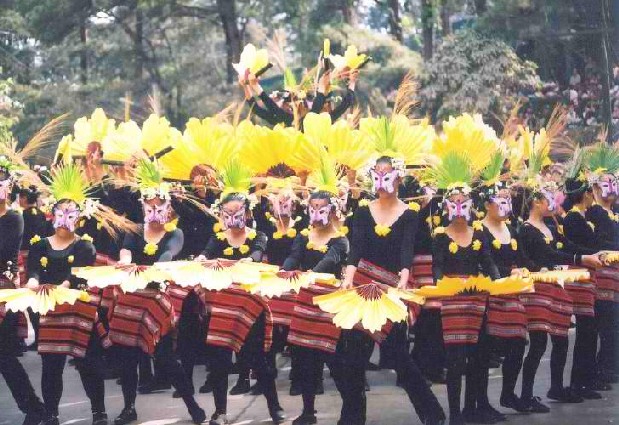 Photo from: philippinenewsdaily.com
Photo from: philippinenewsdaily.com
Text Source: philippinecountry.com
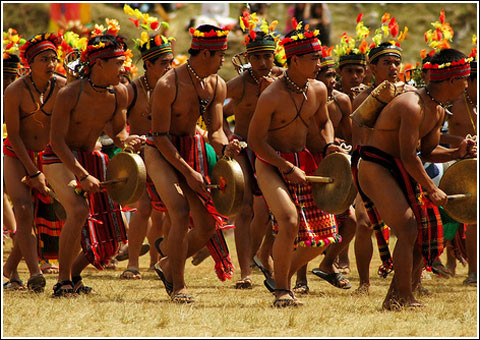

Comments